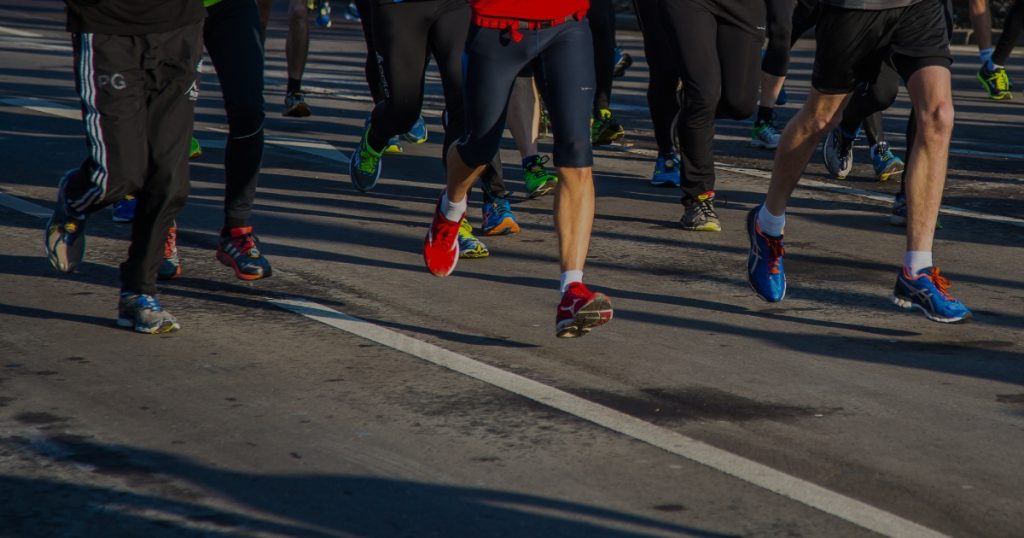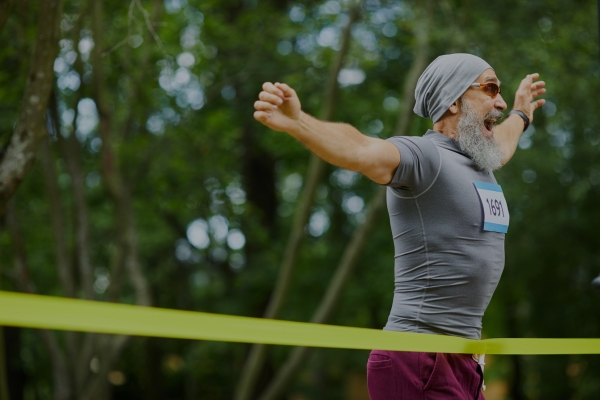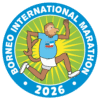
Train for Your First Marathon: Ultimate Borneo International 2025 Guide
Running a full marathon is a remarkable personal challenge—and completing your first at the Borneo International Marathon 2025 makes it even more unforgettable. Whether you’re transitioning from 10km runs or starting your first major training cycle, this guide provides the structure, motivation, and actionable tips to prepare for the 42.195 km journey in Kota Kinabalu, Sabah.
Why Choose Borneo International Marathon?
The Borneo International Marathon (BIM) offers more than just a race, it’s a full experience. From its tropical scenery to a passionate running community, BIM combines competition with culture. The weather, terrain, and vibrant atmosphere make it one of the most iconic marathon events in Southeast Asia.
Understanding the Basics: What Does 42 km Require?
Training for a marathon requires physical conditioning, mental resilience, and time management. On average, new runners should give themselves 16–20 weeks to train.
Key Physical Requirements:
- Endurance: Built through weekly long runs.
- Strength: Improved with bodyweight or resistance training.
- Recovery: Prioritized through sleep, nutrition, and flexibility routines.
Section 1: Building a 16-Week Training Plan
Week-by-Week Breakdown
A balanced program includes:
- 3–4 weekly runs (easy, tempo, long, recovery)
- 1–2 days cross-training
- 1–2 rest days
| Week | Long Run Distance | Notes |
| 1–4 | 8–12 km | Focus on building habit and base mileage |
| 5–8 | 13–20 km | Introduce tempo runs and build endurance |
| 9–12 | 21–30 km | Add marathon pace workouts |
| 13–15 | 32–35 km | Peak phase—simulate race-day nutrition |
| 16 | 10–12 km | Tapering before race day |
Section 2: Must-Know Tips for Beginners
1. Choose the Right Shoes
Get fitted at a running store. A pair that suits your gait reduces injury risk and enhances comfort.
2. Start Slow, Stay Consistent
Don’t chase pace—chase consistency. Even if you’re slow, regular running will increase your cardiovascular capacity and stamina.
3. Don’t Skip the Long Runs
These simulate race-day fatigue and teach your body to burn fat efficiently over time.
4. Practice Nutrition
During training, try out the same gels, drinks, or bananas you plan to use on race day.

Section 3: Adapting Your Training to Malaysia’s Climate
Sabah’s climate is humid and tropical, which means you need to:
- Train early or late to avoid midday heat
- Hydrate more than you think is necessary
- Use lightweight, moisture-wicking gear
Acclimatization Strategy:
If you’re coming from a cooler climate, arrive at least 5–7 days early to adapt.
Section 4: Strength & Cross-Training
Why It Matters:
Strength training prevents common running injuries like shin splints, knee pain, or IT band syndrome.
Recommended Workouts:
- Bodyweight squats, lunges, calf raises
- Core exercises like planks and bridges
- Swimming or cycling on recovery days

Section 5: The Mental Game – Running 42KM with Confidence
Running a marathon is as much about the mind as the body.
Key Mental Training Techniques:
- Visualization: Picture yourself crossing the BIM finish line.
- Mantras: Repeat short phrases like “I am strong” or “One step at a time.”
- Break the race into sections: Think of it as four 10km runs + final 2km push.
Section 6: Race Week Preparation
Checklist:
- Race Kit Pickup: Attend early to avoid queues
- Hydrate all week before the event
- Taper properly: Reduce mileage by 50–70%
- Avoid new gear or food
Pack for Sabah’s conditions: sunscreen, hat, body glide, and electrolyte tablets.
Section 7: Race Day Strategy for First-Timers
Morning of the Race:
- Eat a light breakfast 2–3 hours before
- Warm up with dynamic movements, not static stretches
- Line up early based on your pace
During the Race:
- Stick to your planned pace
- Walk if needed—don’t burn out early
- Take water at every station
Section 8: Post-Marathon Recovery and What’s Next
Immediate Recovery:
- Walk for 10–15 minutes after finishing
- Rehydrate and eat a balanced meal
- Avoid intense training for at least a week
Emotional High:
Many first-timers experience a post-race “blues”—stay active with light workouts and celebrate your achievement!

Conquer the Borneo Marathon with Confidence
Training for your first full marathon is life-changing. With the right mindset, smart training, and respect for the distance, you’ll be ready to cross the finish line at Borneo International Marathon 2025 with strength and pride.
